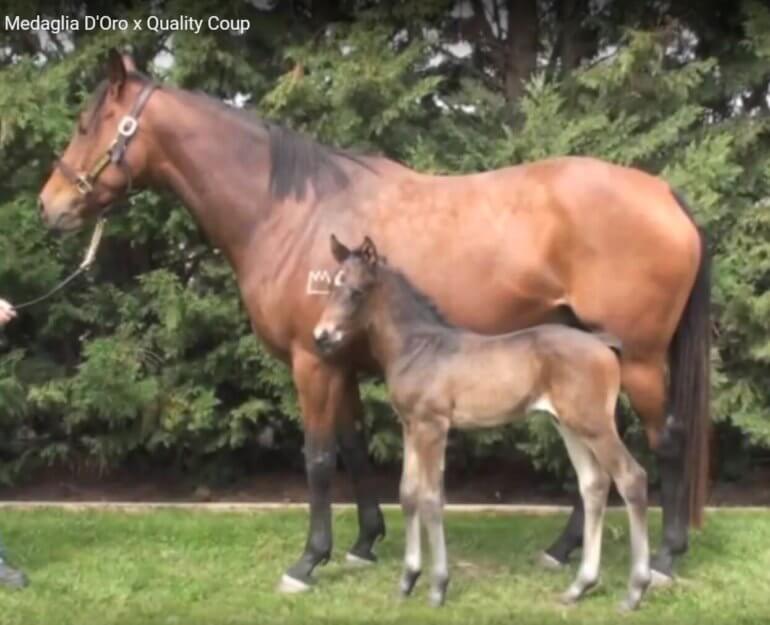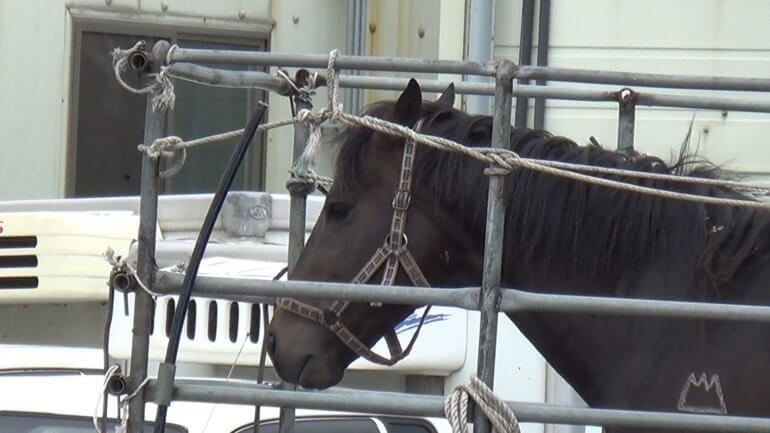Death Sentences
Eyewitness investigators captured footage of horses at the largest horse abattoir in South Korea on nine dates between April 2018 and February 2019 and were able to identify 22 Thoroughbred horses who had been used for racing. Many either were born in the US or had American heritage, and some were born in Australia.
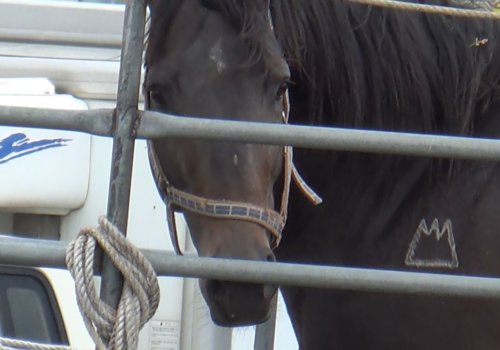
Seungja Yechan (“Praise the Winner”), age 5, son of leading American sire Medaglia d’Oro
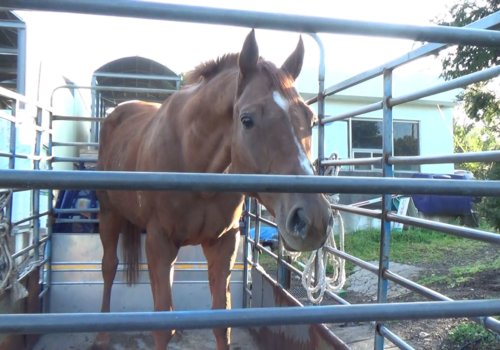
Dynamic Tank, age 6, son of Kentucky Derby winner Big Brown
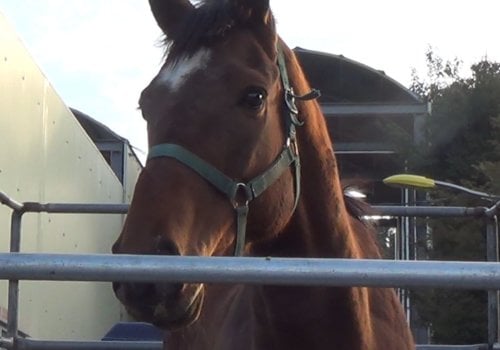
Revelsimmard, age 4, born in New York
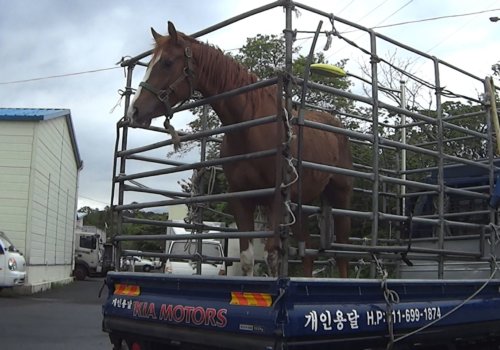
Victory Bird, age 2
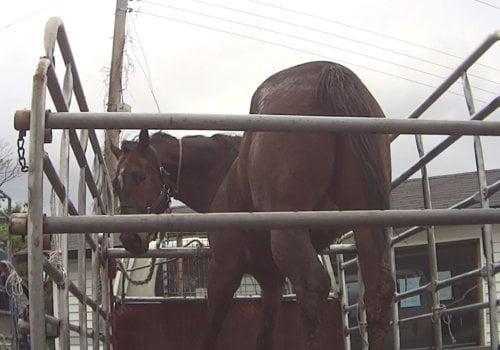
Win Title, age 4
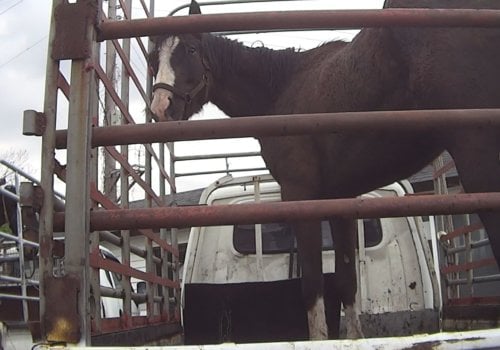
Geumgang Daum, age 4
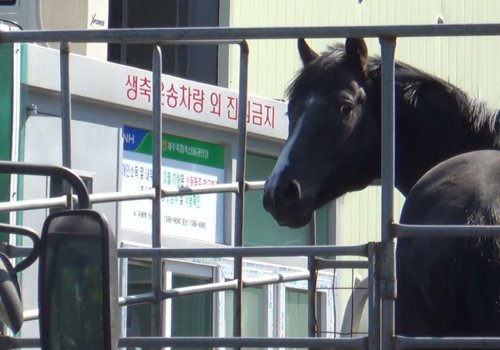
Beonkwae Janggun, age 4
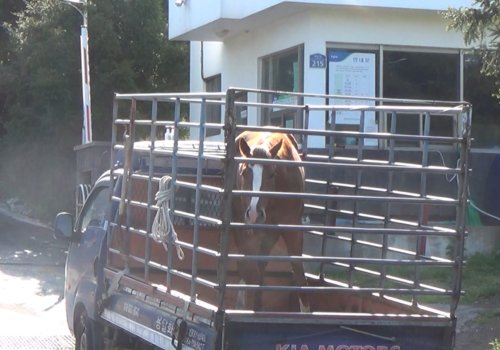
Gwangya Dream, age 3
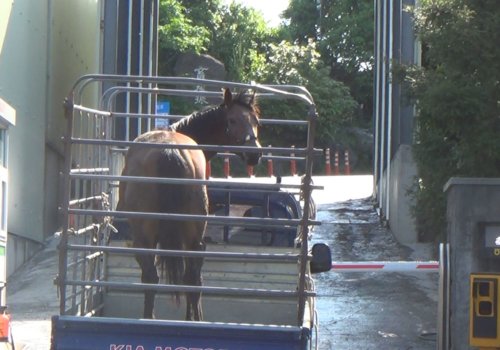
Road to Warrior, age 3
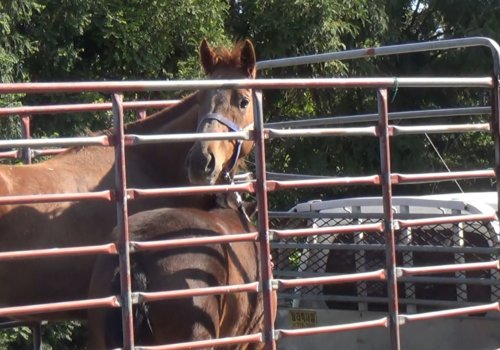
Useung (“Winning”) Design, age 4
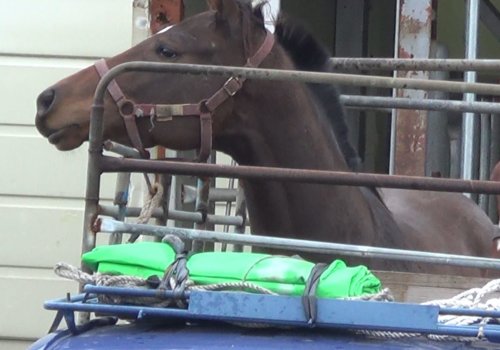
Royal River, age 3
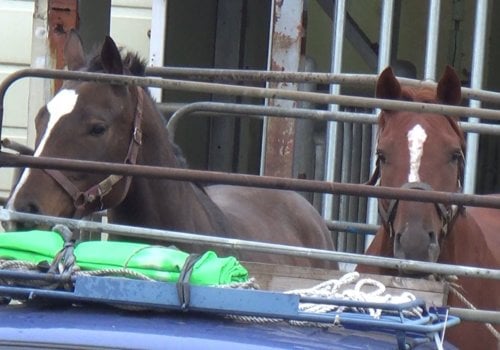
Air Blade, age 4
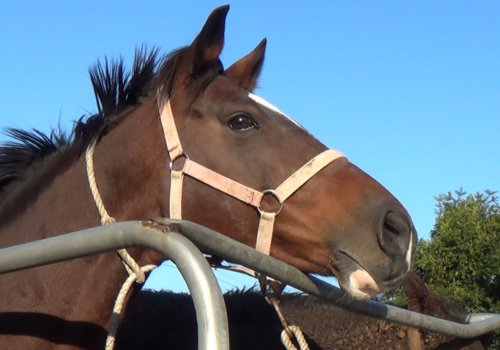
Super Angel, age 7
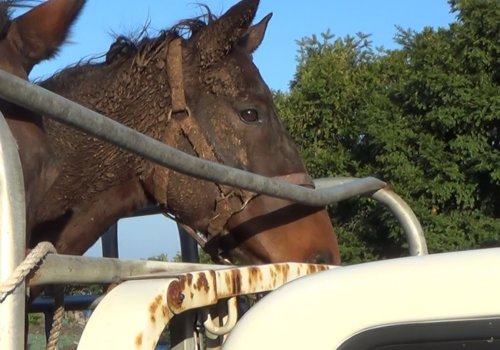
Doraon Pachyai, age 5
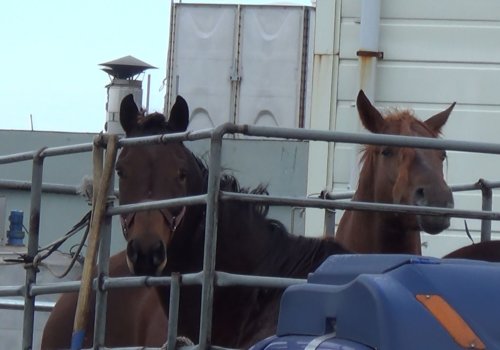
Donghaeseon, age 13
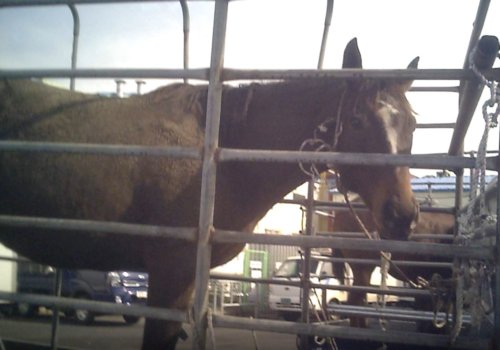
Baegundae, age 9

Vicar of the Sun, age 4
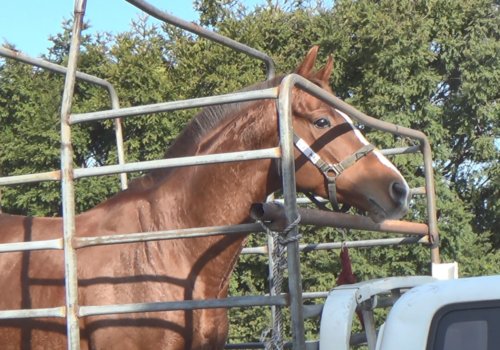
Cape Magic, age 5
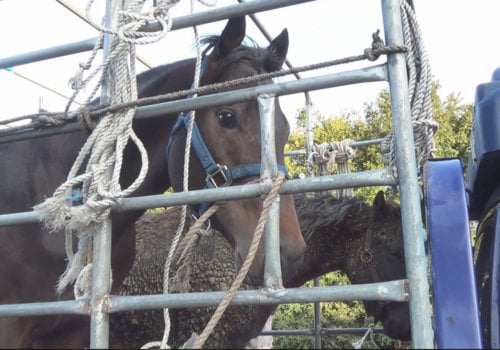
Peacock, age 3
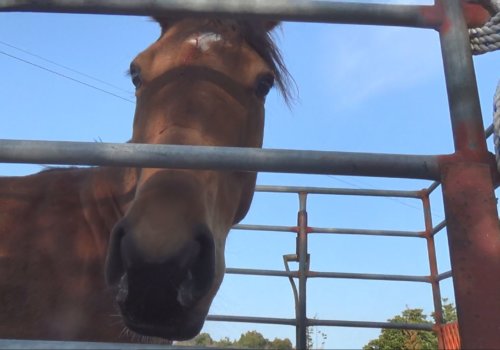
Tamna Yeosin, age 3 (almost 4)
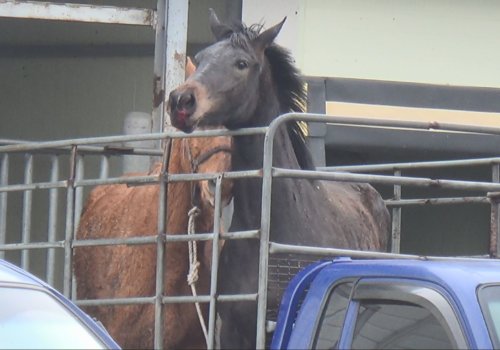
Unnamed (foal of Wonder Dreamer), age 1 (almost 2)
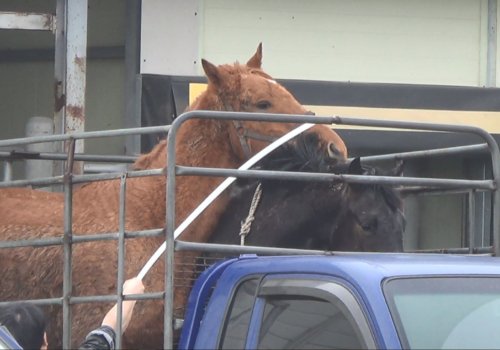
Four Star, age 6
'Praise the Winner' and Eat the Loser
Seungja Yechan means “Praise the Winner“ in Korean – little consolation to this Australian-born son of American legend Medaglia d‘Oro, filmed at the Nonghyup abattoir on 8 May 2018. Freeze brands on his shoulders tipped off the investigators to his identity. Records show that he raced four times and was scratched from his fifth race. Unlike half-sisters Rachel Alexandra and Songbird, who won £2.8 million and £3.7 million, respectively, Seungja Yechan didn‘t earn a penny (unless you count the £30 per kilogram charged for his flesh at the supermarket).
Seungja Yechan as a foal, with his mum, Quality Coup
Seungja Yechan stands at the abattoir. To his left is one of the black poles used to strike the horses.
Horse Racing: Not the 'Sport of Kings' – Just a Supplier to the Meat Industry
Part of the Ministry of Agriculture, Food and Rural Affairs (MAFRA), the KRA tries to garner respect for South Korea as a serious racing nation while also supporting horsemeat consumption. KRA‘s chair stated in 2012, “Unlike other livestock raised mostly for eating, horses can meet multiple purposes. … [H]orse meat is good and we will work on ways of encouraging people to eat it in the future.“ MAFRA‘s recent five-year plan for bolstering the horse industry included promoting “horse meat, cosmetics and other commercial products“. An official said, “Horse breeding will create jobs, such as horse trainers and veterinarians. Horse meat and other products made from horses will be more readily available.“
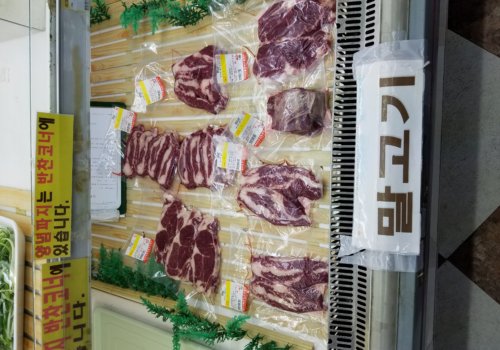
Meat from horses seen at the Nonghyup abattoir on 30 April 2018
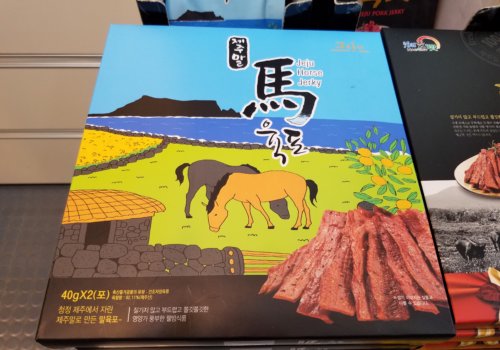
Horse jerky
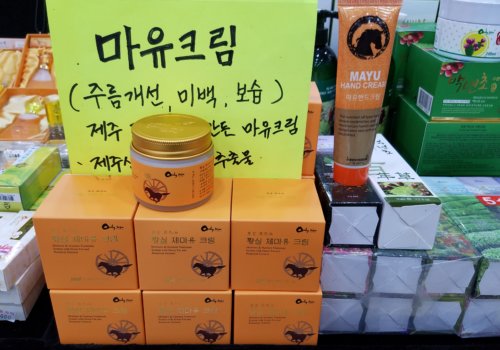
Moisturisers containing horse fat
Inside the abattoir, workers prodded horses up chutes and into a kill box designed for cattle. An official with the Animal and Plant Quarantine Agency told The Korea Observer,
“We knock out horses with the same hammer that we use for cows. Things may get a little messy if they do not pass out at the first blow.”
However, beyond the obvious anatomical differences, horses are also generally more nervous and skittish and may jerk away when a captive-bolt gun comes at their head. Inadequately restrained horses make it very difficult for the slaughterer to administer an accurate shot. Even worse, many of the horses arrived in pairs, and an investigator saw filly Royal River shot right in front of her companion, Air Blade, who had to see her being hoisted into the air. This violated the Korean Animal Protection Act, and PETA US and a Korean animal protection group have submitted a complaint about this and the beatings to the District Public Prosecutors’ Office in Jeju City.
Breeding Factories
The KRA‘s ambition to raise the quality of South Korean racing has led it to import over 3,600 American horses for racing and breeding in the past 10 years. At the KRA‘s massive breeding facility and private farms across the country, stallions are treated like semen machines, made to mount mares multiple times a day in the breeding season. Mares are restrained, washed, tail-wrapped, lubricated, and led to a chest board. Workers apply twitches – rope loops twisted tightly with a rod – to their upper lips to hold them in place. Others strap breeding boots onto the mares‘ back feet so they can‘t injure the stallions by kicking. Injuries appeared to be common. The investigators saw the following:
- American broodmare Catch Me Later, whose left hind foot was so painful that she couldn‘t put weight on it, meaning that workers couldn‘t put a breeding boot on her other foot, was still forced to bear the weight of both a teaser stallion and American Thoroughbred Colonel John during mating. She limped badly as workers led her out of the breeding shed.
- Stallion Sadamu Patek‘s right eye was grossly swollen, ulcerated, and weeping pus.
- Broodmare Annika Queen‘s laminitis (foot disease) was so severe that she could barely walk, but her owners made her nurse a second foal in addition to her own. (Because of her lameness, she wasn‘t able to push the other foal away.) A farm manager said that she would be sent to slaughter when no longer needed for nursing.
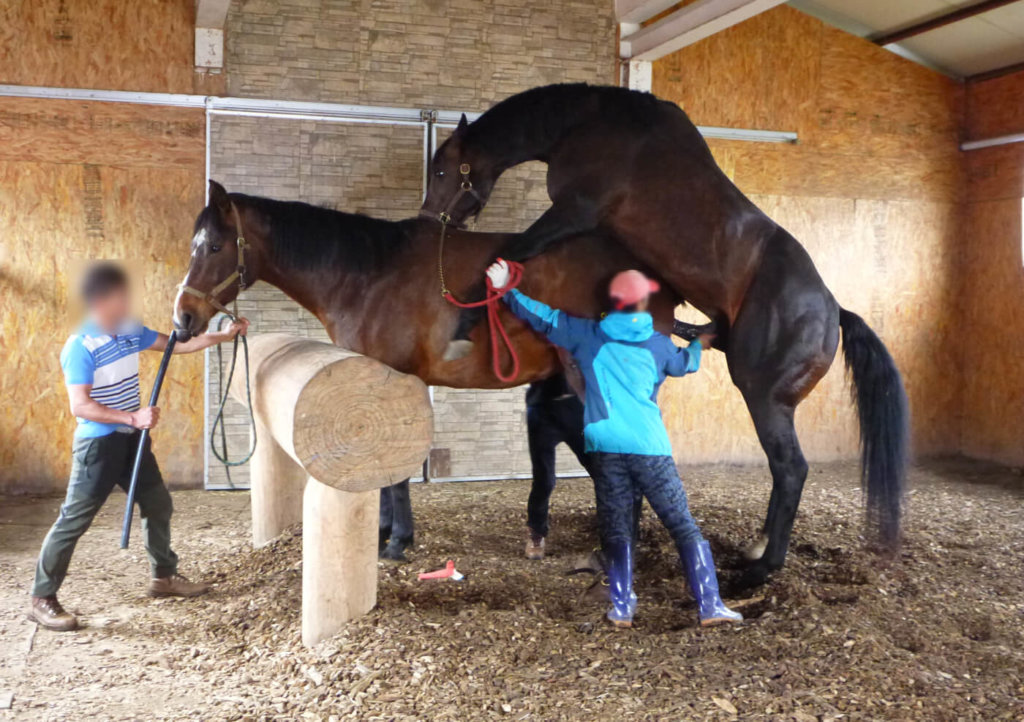
Broodmare Ignite was restrained with a twitch twisted around her top lip while stallion Testa Matta “covered” her (the industry’s term for mounting). When he didn’t ejaculate during copulation, workers kept Ignite twitched while Testa Matta was made to perform a second time.
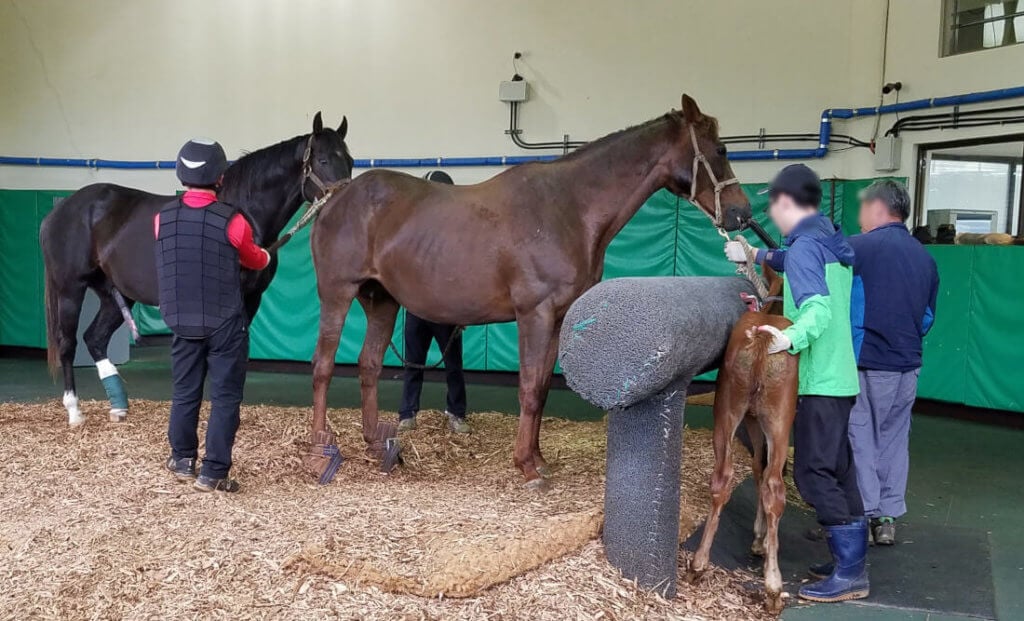
After covering one mare in the morning, American stallion Take Charge Indy reappeared with a huge leg wrap but still had to mount another mare in the afternoon.
How You Can Help These Horses
Turn your back on horse–racing cruelty. The slaughter will end only when everyone recognises that horses are not ours to abuse for entertainment.
Following this investigation, the Jeju Seobu police are investigating alleged violations of the Animal Protection Act. Additionally, both MAFRA and the KRA have said that they‘ll do as PETA US has asked and work to implement a retirement programme for the unwanted horses.
We must put more pressure on the KRA to make sure a comprehensive retirement plan is implemented immediately:

